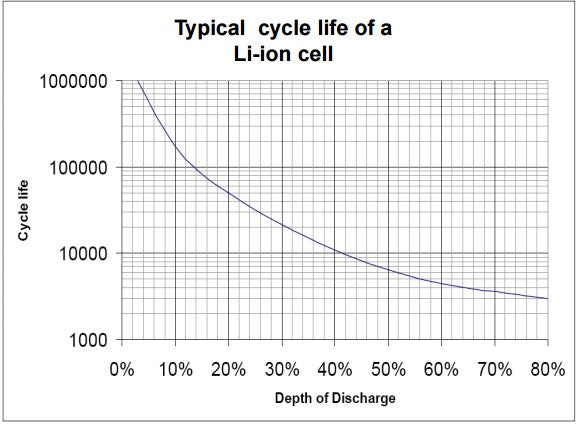Marc S.
100 W
justin_le said:Marc S. said:The new Satiator Software Suite v1.013 doesn't run on my MacBook Pro 13" (2009) and OS-X 10.8.5 (all updates)
It just doesn't start. Either with the FW v1.0013 in the 'Satiator Software Suite Files' folder of the app or without.
OK thanks, we only actually have one mac device on hand with which to compile and test the MacOS build so we'll look into this. Can other Mac user's comment on their ability to run or not run the latest software?
What version of OS-X do you use?
I've just tried OS-X 10.6.8 (same hardware, booted from a external FW drive) but the Satiator Software Suite v1.013 behaves the same as on OS-X 10.8.5: The app icon does these little expanding animation, like the app is launching, but then nothing happens.
Trying to lauch Satiator Software Suite v1.008 on OS-X 10.6.8 gives an error message: 'incompatible OS-X version' blablabla...



